Parks and Conservation Areas
PARKS TO VISIT IN TANZANIA
Tarangire National Park
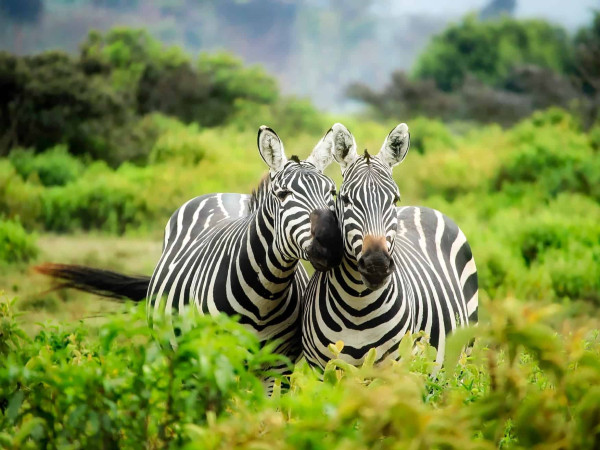
The park has an area of 2,600 square kilometers, is crossed by the river of the same name and inside is Lake Burunge. The river is fundamental for fauna as a source of water during the dry seasons, when you can see a small migration that goes there to drink. These seasons are also the best time to go on a safari because it is easier to spot wildlife.
Tarangire is famous for elephants and baobabs, which are present in large numbers. Giants of the savannah that characterize a rather extreme environment, given that the temperatures here are always quite high. Pythons are also numerous, but more difficult to see because they are shy, like all snakes. After a large meal and during digestion, they may remain on the high branches of trees.
The distance from Arusha to Tarangire is approximately 120 kilometers and this park can be a good starting point for a safari in the wonders of the northern circuit.
NGORONGORO CONSERVATION AREA
The first stop, once you have crossed the entrance gate of this fantastic crater, is the Crater ViewPoint which overlooks the caldera from the crown of the Rim and which arouses incredible sensations.
The history of this crater is unique on the planet. . Millions of years ago the place was home to some volcanoes which, following a huge explosion, collapsed on themselves forming the calderas that we can admire today with their incredible fauna. The highest part, the Rim, reaches an altitude of 3,100 meters. The eastern part is covered by forest, while the western part has shrubby vegetation.
The Ngorongoro caldera has yellow acacia forests, such as the Lerai forest, near Lake Magadi, in the center of the crater. Ngorongoro is not a national park, but a conservation area and includes two other smaller calderas: Olmoti and Empakaai. The fauna is amazing: all the big five (lion, elephant, buffalo, leopard and some black rhino), ungulates, birds, hyenas and many others. The Maasai have their ancestral land in this territory and it is possible to see them grazing their herds.
It is also possible to visit a boma to see up close the lifestyle of this tribe, the only one authorized to live in these lands.
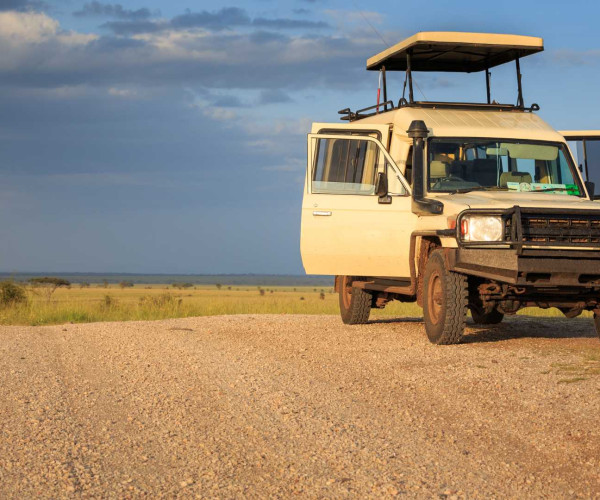
Serengeti National Park
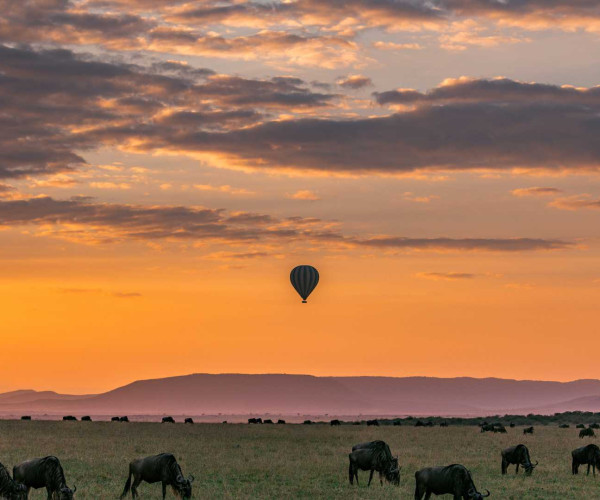
Serengeti Park is one of the most famous parks in the world. . Filmed in hundreds of documentaries, it is the flagship of Tanzania, the icon of what this extraordinary country can offer in terms of wild nature. It is 335 km from Arusha and the natural border with Kenya. It has a surface area of 14,763 square kilometers and it is included among the UNESCO World Heritage Sites.
In addition to hosting an impressive quantity of flora and fauna within it, it is the last witness on earth of the Great Migration of ungulates who, in their millions, move in search of water and pastures during their respective dry seasons. To the west between May and June with the passage of the Grumeti river and to the north, between August and October, in a remote and very wild area, the famous crossings of the Mara river occur, infested with ferocious crocodiles. The name of the park comes from a word in Maa language, the language of the Maasai, siringet, which means ‘infinite plain’, to underline the immensity of the place. The Serengeti has a very high concentration of mammals, more than 300 species of plants and 500 species of birds.
It is traditionally divided into 4 areas: the North, the Seronera Valley, the Western Corridor and the South. There are two main rivers that cross it: the Grumeti and the Mara, both witnesses of Migration.
Among the most numerous plants are yellow acacias, umbrella acacias and sausage trees. Lions and leopards are present in quantity. It is very difficult to spot a black rhino, but some specimens are still there. Splendid animals, shy, but very characteristic of the savannah environment.
Hot air balloon safaris are very popular. An hour at dawn to fly over the plains at 1,000 meters above sea level and then descend to a low altitude to allow a unique view of the animals. The trip ends with breakfast under the shade of an acacia. Another feature of the park are the Kopjes, enormous blocks of granite smoothed by the elements scattered almost everywhere and often used by lions to rest between one hunt and another. A group of these kopjes are actually called Simba Kopjes because ‘simba’ is the Swahili word for lion.
Lake Manyara National Park
This park, which is 130 km from Arusha, can be reached from the village of Mto Wa Mbu, which in Swahili means ‘river of mosquitoes’. It has a surface area of 360 square kilometres, mostly covered by the lake and is very rich in fauna, although more difficult to see than in other parks as it is covered by a dense forest fed by underground springs.
These springs also help the growth of many plant species including, to name just a few, mahogany, ficus and tamarind. In some areas of the park there are also hot springs where flamingos that do not suffer from high temperatures can be found.
The curiosity of this park are the so-called arboreal lions. They are so called because they have the habit of climbing onto the branches of umbrella-shaped acacias in search of fresh air and to free themselves from the parasites that attack them at ground level, activating a behavior that is not exactly usual for this feline.
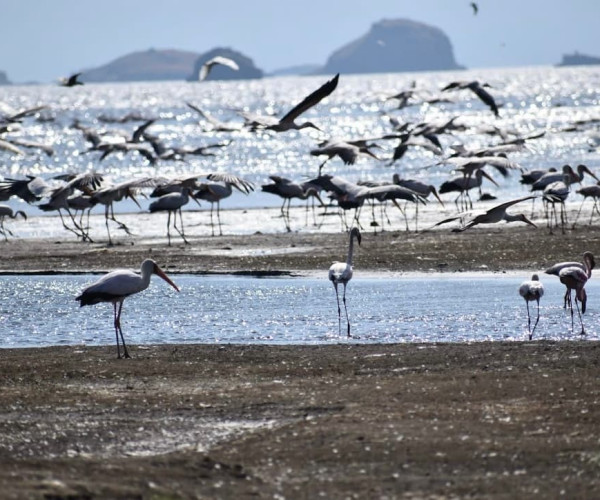
Arusha National Park
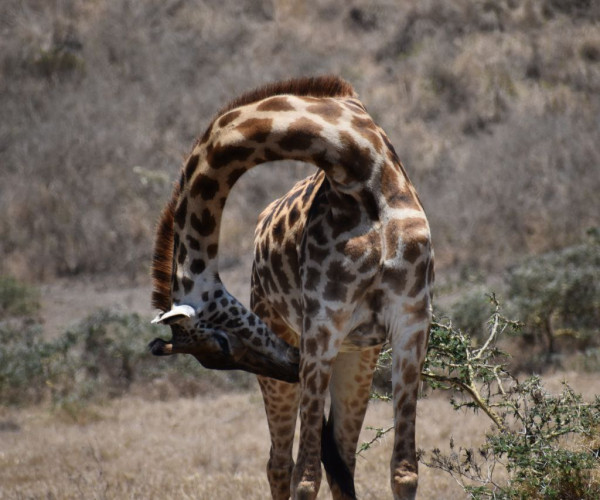
A small jewel half an hour from the city of Arusha which contains many ecosystems: the rainforest with the characteristic blue monkey and the black and white fringed colobus, the Ngurdoto Crater and the savannah where herbivores and ungulates can be found. The lion is completely absent.
The Momella lakes are home to enormous flocks of pink flamingos and the whole park is dominated by Mount Meru, a very characteristic dormant volcano, often used as training for then climbing Mount Kilimanjaro.
In addition to photographic safaris, possible activities in the park are canoeing and walking safaris in the company of a ranger.
Discover our organized safaris
SAFARI IN THE PARKS OF TANZANIA
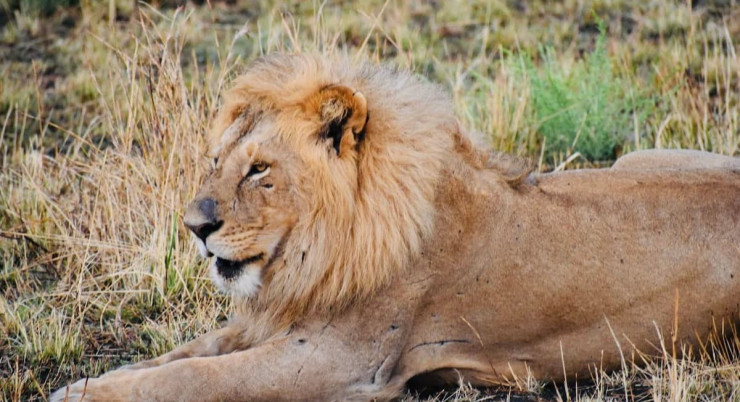
5 days tour in Tanzania
Private Safaris from 2 to 6 people
Serengeti National Park
Ngorongoro Conservation Area
Lake Manyara National Park
Night Safari
Price starting from $1.800
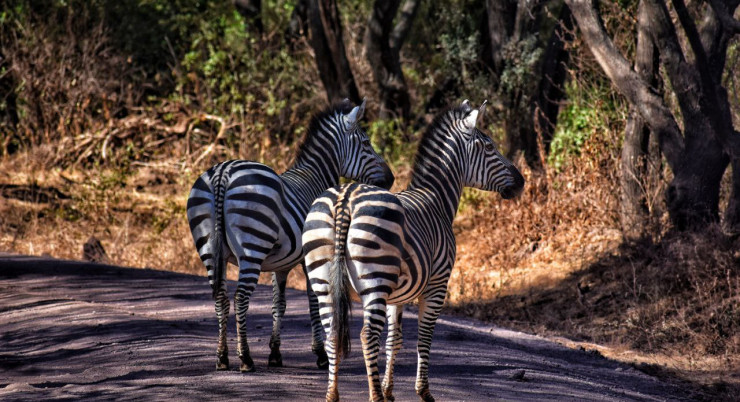
7 days tour in Tanzania
Private Safaris from 2 to 6 people
Serengeti National Park
Arusha National Park
Ngorongoro Crater
Full immersion in nature
Price starting from $2.300
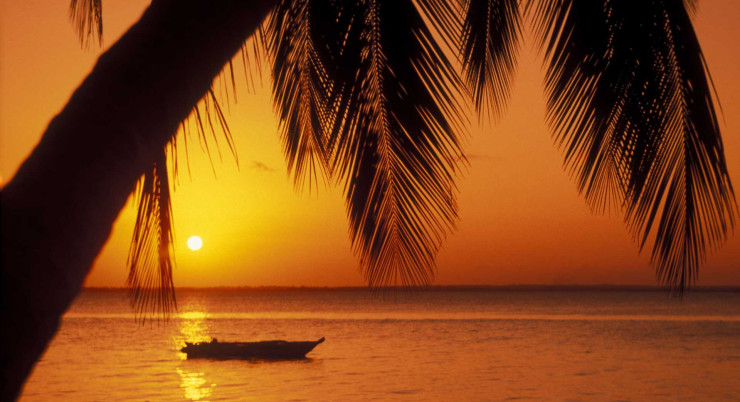
Fancy a trip to real relaxation havens? Zanzibar and Mafia Island are must-visit destinations in this corner of the world!
